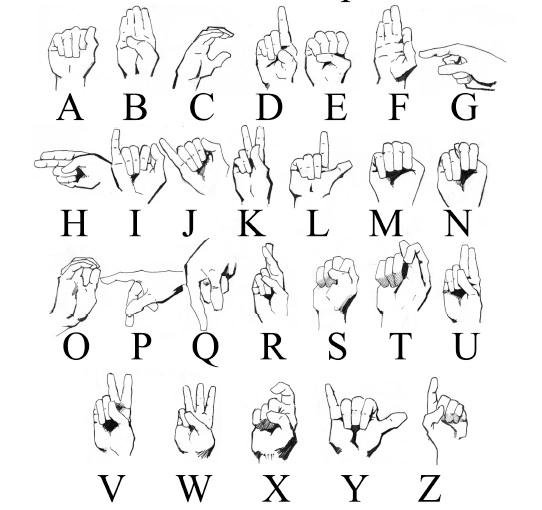
Welcome to the Language Solutions Team’s latest edition of our newsletter, dedicated to the fascinating and ever-evolving world of interpretation. Today, we turn our spotlight on one of the most fundamental aspects of American Sign Language (ASL) and its pivotal role in our industry: the ASL Alphabet. This essential component of ASL not only forms the foundation for communication but also serves as a bridge to greater inclusivity and understanding within our diverse communities.
Understanding the ASL Alphabet
The ASL Alphabet, also known as the manual alphabet, consists of 26 unique handshapes, each representing a letter of the English alphabet. These handshapes are used in fingerspelling, a method for spelling out words and names for which there are no existing signs. While it may seem basic, the ASL Alphabet is a crucial tool for interpreters, educators, and learners alike. It enables clear communication of proper nouns, technical terms, and words that do not have specific signs, thereby expanding the vocabulary and precision of ASL users.
The Historical Context
The origins of the ASL Alphabet can be traced back to French Sign Language (LSF) from which ASL was derived in the early 19th century. Thomas Hopkins Gallaudet and Laurent Clerc, a French Deaf educator, played significant roles in bringing these foundational elements to American shores. Their work laid the groundwork for what would become a rich and complex language, fully capable of expressing the depth and breadth of human experience.
Why the ASL Alphabet Matters in Interpretation
Precision and Clarity: For interpreters, especially those working in settings like legal proceedings, medical appointments, and educational environments, accuracy is paramount. The ability to finger-spell names, technical jargon, and unfamiliar terms ensures that nothing is lost in translation.
Inclusivity: The ASL Alphabet allows for the seamless integration of English words into ASL, fostering inclusivity and bridging the gap between Deaf and hearing communities. It empowers Deaf individuals to engage fully in discussions that involve specialized vocabulary.
Learning and Literacy: For those new to ASL, mastering the alphabet is often the first step. It serves as an entry point to learning the language, enhancing literacy among Deaf individuals and those who are learning ASL as a second language.
The ASL Alphabet in Action
Imagine a scenario in a medical setting where an interpreter must convey the name of a complex medication. The interpreter can seamlessly switch to finger spelling to ensure the patient understands precisely which medication is being discussed. Similarly, in educational settings, the ASL Alphabet is invaluable for spelling out scientific terms, historical names, or literary references, providing Deaf students with the same access to information as their hearing peers.
Advancing ASL Alphabet Proficiency
To support our community in mastering the ASL Alphabet, we encourage continuous practice and professional development. Here are some tips for enhancing your skills:
Regular Practice: Dedicate a few minutes each day to practice finger spelling. Use flashcards, and apps, or pair up with a colleague for mutual practice sessions.
Engage with Technology: Leverage technology such as ASL learning apps and online platforms that offer interactive exercises and quizzes to test your proficiency.
Join Workshops and Training: Participate in workshops and training sessions focused on advanced ASL skills, including finger spelling. These provide an opportunity to learn from experienced interpreters and educators.
Community Involvement: Engage with the Deaf community through social events, volunteer opportunities, and local Deaf clubs. Real-world interaction is invaluable for honing your skills.
The Future of the ASL Alphabet in Interpretation
As technology advances, the interpretation industry is seeing exciting developments. Real-time translation tools and AI are being integrated into interpretation services, potentially transforming how we use the ASL Alphabet. These innovations promise to enhance accessibility and bridge communication gaps even further, making our roles as interpreters more critical than ever.
However, despite technological advancements, the human touch remains irreplaceable. The empathy, cultural understanding, and nuanced communication that skilled interpreters provide cannot be replicated by machines. Therefore, a strong foundation in the ASL Alphabet and continuous professional development will always be essential.
Closing Thoughts
In conclusion, the ASL Alphabet is much more than a series of handshapes. It is a vital tool that empowers communication, fosters inclusivity, and bridges cultural gaps. As interpreters, educators, and advocates, it is our responsibility to master and promote its use, ensuring that we provide the highest level of service and support to the Deaf community.
Warm regards,
Unlocking the Power of Communication: The ASL Alphabet. Language Solutions Team is here to help with your project 🌍. Feel free to contact us at any time, We are glad to assist you 🤓



